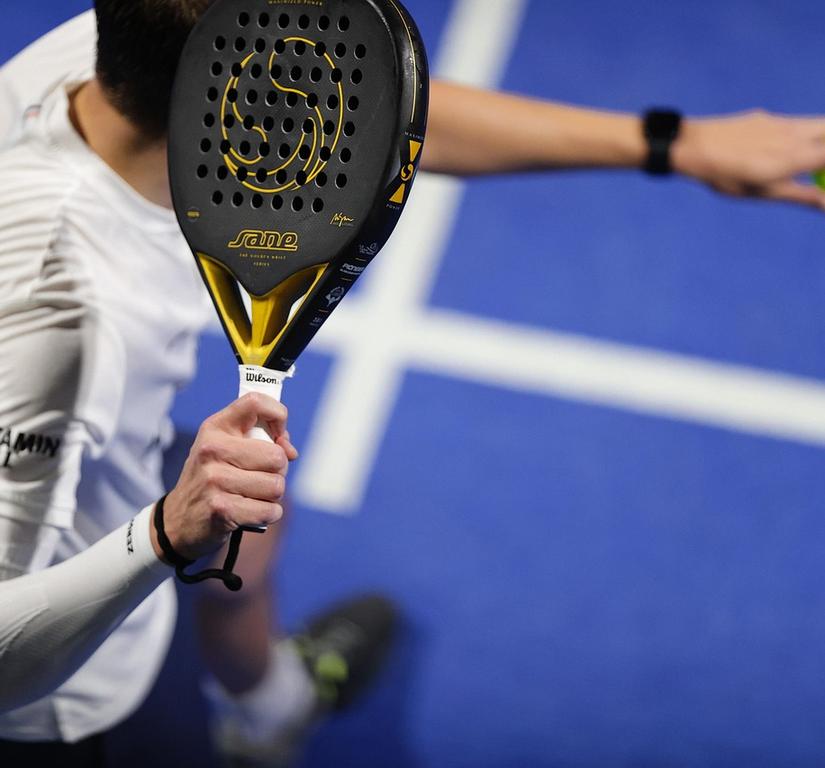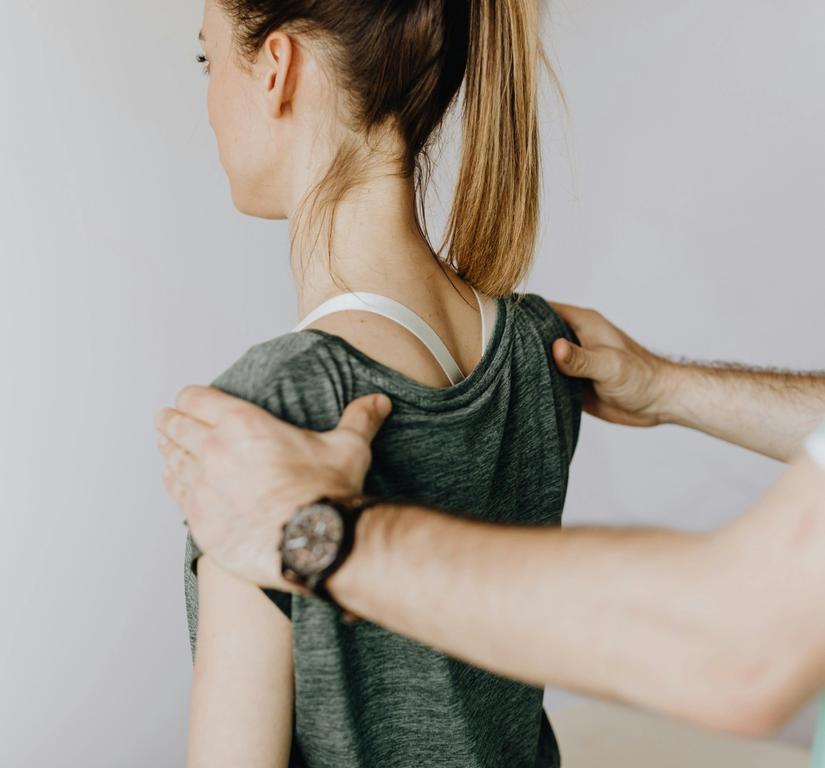
LABRUM FAQ: OPTIMAL TREATMENT OF A BANKART LESION OF THE SHOULDER
A Bankart lesion of the shoulder usually occurs as a result of an anterior shoulder dislocation and affects the glenoid labrum. Optimal treatment aims to restore stability to the shoulder joint and prevent recurrent dislocations.
- 1. What is the labrum of the shoulder (shoulder labrum) and what is its function?
- 2. How does a labrum injury or labrum tear of the shoulder occur?
- 3. What exactly is a Bankart lesion of the shoulder?
- 4. What complaints occur with a Bankart lesion?
- 5. How is a Bankart lesion diagnosed?
- 6. What is the optimal therapy for a Bankart lesion?
- 7. How is a Bankart operation (Bankart shoulder surgery) performed?
- 8. Frequently asked questions about Bankart surgery and aftercare
1. What is the labrum of the shoulder and what is its function?
The labrum of the shoulder (also called shoulder labrum or glenoid labrum) is a fibrocartilaginous ring that surrounds the edge of the glenoid. This structure is an integral part of the shoulder joint and serves to stabilize the humeral head in the comparatively small, flat glenoid. The labrum functionally deepens the socket and increases the contact area, so that the humeral head is better embedded.
In addition, the labrum is an attachment point for ligaments and the long biceps tendon. It thus serves not only as a passive stabilization organ, but is also functionally involved in the movement sequences of the shoulder. An intact glenoid labrum is therefore essential for the power transmission, stability and sensorimotor function of the shoulder joint.


2. How does a labrum injury occur in the shoulder?
A labrum injury or labrum tear of the shoulder can be caused by various mechanical and degenerative processes. Particularly common are acute traumatic events in which the shoulder dislocates (shoulder dislocation), such as those that occur in contact sports, falls on the outstretched arm, or accidents. The labrum can tear away from the glenoid. This form of injury is known as a Bankart lesion.
In addition, repeated microtraumas from overhead sports (e.g. swimming, tennis, volleyball, throwing sports) lead to chronic overload of the labrum tissue. This can lead to degenerative tears and structural weaknesses. The labrum is also permanently mechanically overloaded in the case of congenital shoulder instability or shoulder instability caused by previous dislocations.
In older age, the resilience of the fibrocartilage decreases. Labrum tears then often occur in connection with degenerative joint changes or as an accompanying finding in omarthrosis. In rare cases, an inflammatory joint disease (e.g. rheumatoid arthritis) can also affect the labrum.
3. What exactly is a Bankart lesion?
A Bankart lesion of the shoulder is a special form of labrum injury that typically occurs with an anterior shoulder dislocation. The labrum is torn from the anterior inferior edge of the glenoid. This injury significantly destabilizes the shoulder and increases the risk of further dislocations.
The Bankart lesion is particularly important in young, athletically active people, as it often results in recurrent dislocations. With repeated dislocations, a bony defect can also occur, which is referred to as a bony Bankart lesion or as a Hill-Sachs lesion (impression on the humeral head).
4. What Complaints Occur with a Bankart Lesion?
The typical symptoms of a Bankart lesion are shoulder pain, feelings of instability and functional limitations in everyday life and during sports. The pain usually occurs in the anterior shoulder area and intensifies with arm raises, especially in abduction and external rotation.
Many sufferers report a “slipping out” of the shoulder or a sudden “snapping” during certain movements. Cracking or rubbing noises can also occur. In an unstable shoulder, the humeral head can slide away significantly in certain positions. After an acute dislocation, there is usually significant pain with swelling and restricted movement.
If left untreated, recurrent dislocations can lead to cartilage damage, tendon injuries and arthrosis in the long term. Early diagnosis and, if necessary, surgical stabilization is therefore recommended.
5. How is a Bankart Lesion Diagnosed?
The diagnosis begins with a detailed anamnesis. The type and time of the injury, previous dislocations, sporting activities and existing complaints are asked about. The clinical findings provide important information through special function tests. The apprehension test (fear of dislocation with external rotation/abduction) and the relocation test (relief by pressure on the humeral head) are particularly helpful.
MRI or a special arthro-MRI is often performed for imaging clarification. The latter enables a particularly precise representation of the shoulder labrum and any labrum tears due to contrast medium in the joint space. Bony concomitant injuries such as Hill-Sachs defects can also be easily identified in this way. X-rays are used to rule out fractures.
If the diagnosis remains unclear despite imaging or if an operation is planned, a diagnostic arthroscopy can be performed. The joint is inspected minimally invasively and the Bankart lesion is made directly visible.
6. What is the Optimal Therapy for a Bankart Lesion?
The treatment depends on age, activity level, number of dislocations, and the severity of the injury. In young patients with acute Bankart lesion, operative refixation of the labrum is usually recommended to minimize the risk of recurrent dislocations.
In older, less active patients or in isolated labrum injuries without major instability, conservative therapy can also be considered. This includes pain medication, shoulder immobilization with a sling and targeted physiotherapeutic stabilization therapy. The aim is to achieve compensatory stability through muscle building and coordination training. However, the risk of re-luxation remains, especially in athletically active people.
7. How is a Bankart Lesion Operated on?
Bankart surgery (Bankart shoulder surgery) is usually performed minimally invasively by means of arthroscopy under general anesthesia, occasionally supplemented by regional anesthesia. A camera and microsurgical instruments are inserted into the shoulder joint through small skin incisions to assess the injury, flush the joint, and refix the torn labrum to the bone with special anchors.
An open Bankart operation is only performed for more severe damage, such as if there are additional bony defects or the joint is very unstable. In these cases, bone grafts or ligament reinforcements – as in the Latarjet procedure – can be used to ensure the long-term stability of the shoulder.
8. Frequently Asked Questions about Bankart Surgery
What type of anesthesia is used?
The procedure is usually performed under general anesthesia, supplemented by a plexus block to reduce postoperative pain.
Is hospitalization necessary?
The operation is usually performed on an outpatient basis. In-patient monitoring is advisable for high-risk patients or complex cases.
Are there any risks?
In addition to general surgical risks such as infections, thrombosis, or nerve damage, there is a risk of re-tearing, frozen shoulder, or persistent instability. The recurrence rate among athletes is 5–20%, depending on age and findings.
What does the follow-up treatment involve?
Follow-up treatment is carried out in stages over several weeks. First, the shoulder is immobilized in a bandage for 2–3 weeks. Passive movement exercises usually begin on the third day after surgery under the guidance of a physical therapist. The aim is to prevent adhesions and maintain mobility. Active-assisted exercises follow from the fourth week onwards. Careful active mobilization is permitted from the sixth week onwards. Strengthening exercises start from week 10, and sporting activities from month 4 to 6, depending on the healing process. Full fitness for sports is determined individually in consultation with the treating physician.
What are the chances of success?
A Bankart lesion is a serious injury that requires surgery, especially in young athletic patients. Arthroscopic refixation is now standard practice and offers very good prospects of success, particularly when performed at an early stage. Structured follow-up treatment and consistent rehabilitation are crucial for restoring shoulder function and ensuring long-term stability.
Aftercare schemes
PDF Aftercare Bankenart Lesion
